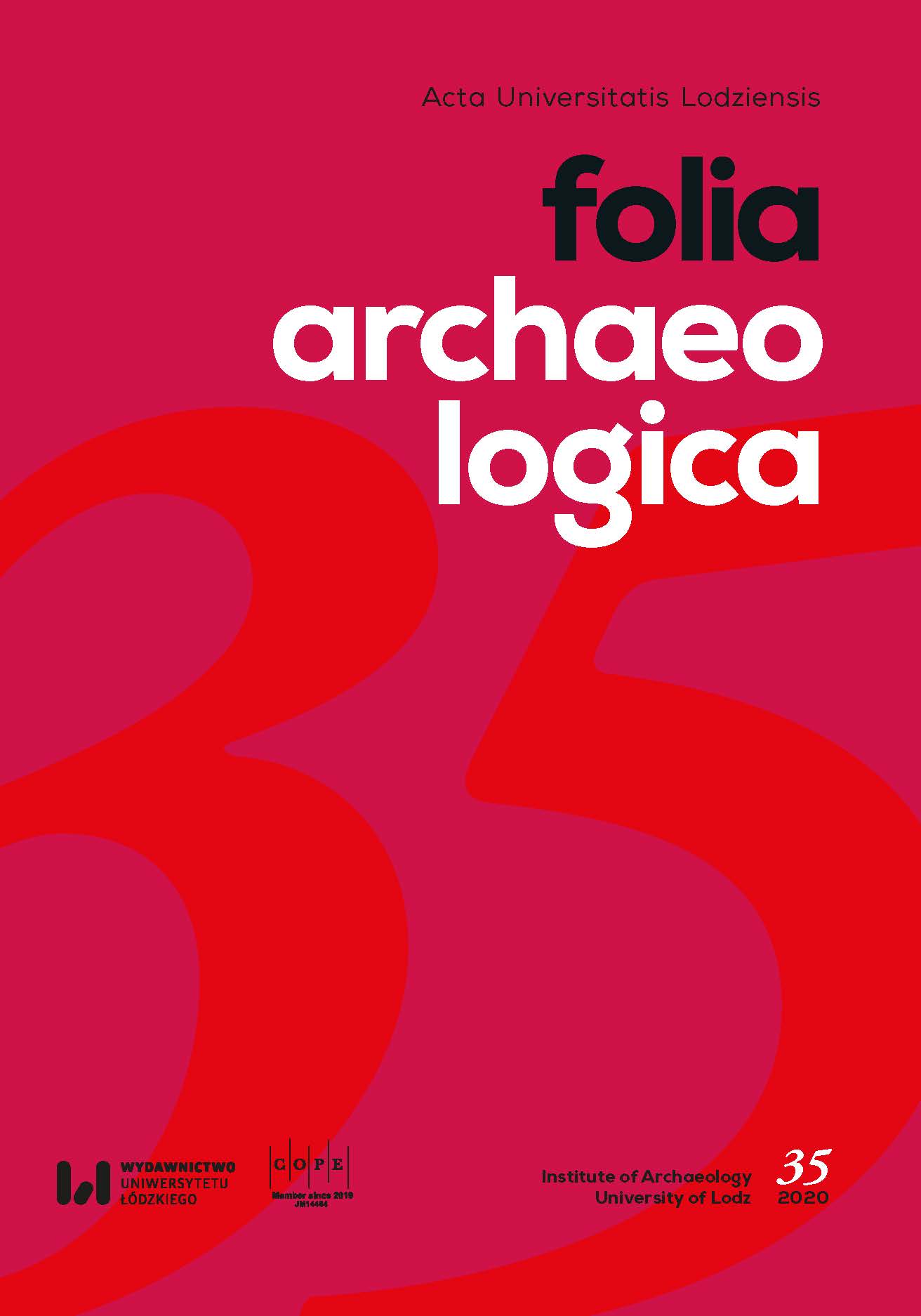The Fate of the Remains and Funerary Equipment of Czech Rulers and Their Family Members
The Fate of the Remains and Funerary Equipment of Czech Rulers and Their Family Members
Author(s): Milena Bravermanová, Helena BřezinováSubject(s): Anthropology, Archaeology
Published by: Wydawnictwo Uniwersytetu Łódzkiego
Keywords: Prague Castle; Czech rulers; funerary equipment; archaeological textiles; Czech patron saints; Prague bishops; anthropological study
Summary/Abstract: Prague Castle was the most important burial site of the Czech rulers and their relatives. The graves are located in the Church of the Virgin Mary, in St. George Church and Convent, and, in the greatest numbers in the St. Vitus Cathedral. Reliquary tombs of the most important Czech patron saints are also located at Prague Castle – in St. George Basilica, in St. Vitus Cathedral and in All Saints Church. We also know the graves of 12 Prague bishops that are located in the St. Vitus Cathedral. The majority of the aforementioned graves have been opened several times in the past for a variety of reasons, that caused various problems, the most serious of which involved the confusion of relics. The first systematic anthropological investigations were conducted at the beginning of the 20th century. The remains of nearly all historical personalities buried at Prague Castle were available for another anthropological study conducted in the 1960s. Currently, the research continues with modern nature science analyzes. In the past, removed grave goods did not receive proper care for the most part, mainly due to a lack of understanding as to what constituted correct procedures for handling artefacts deposited for years in the unsuitable conditions of graves and tombs. The grave goods themselves were often restored in an inappropriate manner. The restoration situation improved significantly after the establishment of restoration and conservation workshops in 2000. The opening of graves is problematic and, from an ethical point of view, should be performed only to a very limited extent. Necessary construction work is a common reason for disruption, and in this case remains should be treated with respect. And if grave goods are removed, they must be cared for in a proper manner, as these artefacts are often irreplaceable heritage whose scientific study is a legitimate pursuit. The mere lust for knowledge, often connected with efforts to generate sensation, does not entitle us to disturb the resting place of our ancestors with ill-considered interventions.
Journal: Acta Universitatis Lodziensis. Folia Archaeologica
- Issue Year: 2020
- Issue No: 35
- Page Range: 107-121
- Page Count: 15
- Language: English

